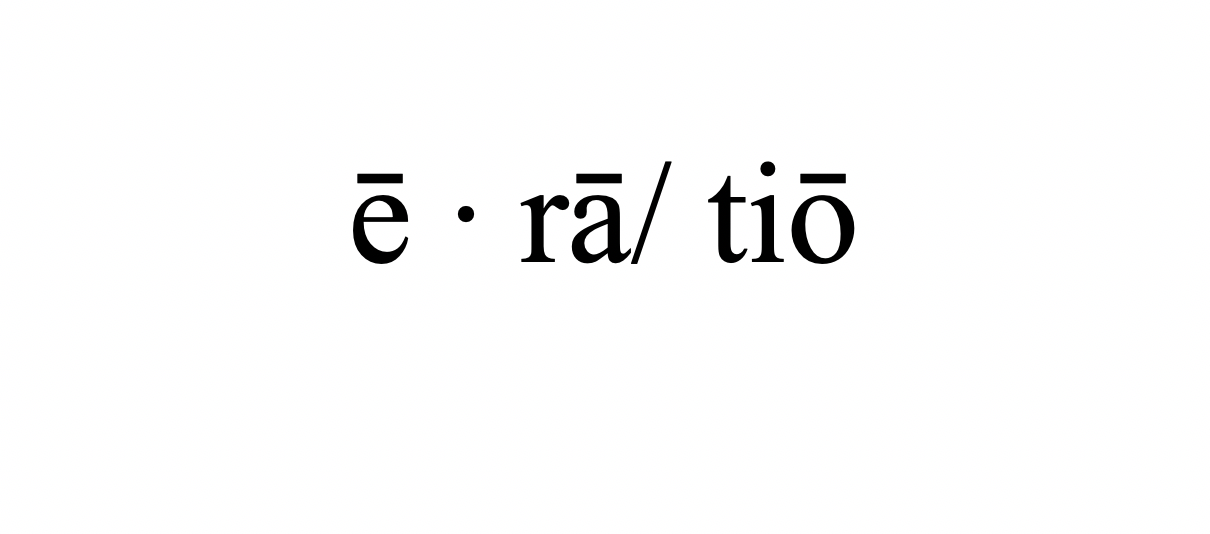Chant du cygne and others by
Samantha Pious
Chant du cygne
A Marie Krysinska
Lorsque le vilain caneton se reconnut
comme un cygnet, il se rendit aux cygnes et demanda
s’il pourrait les rejoindre. Les cygnes, qui faisaient le fin bec, ont repliqué :
— On ne laisse pas n’importe qui devenir cygne. Si tu veux te joindre à nous, il faudra
que tu laisses le Gardien pincer tes ailes.
Le vilain caneton regardait avec soif leur plumage, si clair et si blanc,
qui brillait à éblouir quand ils se rassemblaient au soleil.
Et lorsque le Gardien arrivait avec son filet et son couteau,
le vilain caneton s’est assis sur ses genoux
et tout docilement lui laissa pincer ses ailes.
Il s’est précipité chez ses compagnons les cygnes, qui l’ont accueilli aux ailes ouvertes.
Et puis il a reconnut ce qu’il aurait du déjà savoir.
Or, il chante, assis sur la rive. Mais son chant n’est qu’un sifflement triste.
Car jamais il ne touchera le ciel.
Swan Song
After Marie Krysinska
When the ugly duckling knew itself
to be a cygnet, it paddled up to the swans and asked
if it could join them. The swans, looking down their beaks, replied:
“We don’t let just anyone become a swan. If you want to be one of us, you must
allow the Caretaker to clip your wings.”
The ugly duckling gazed longingly at their plumage, so bright and so white,
and how blindingly it shone as they paddled together in the sun.
And when the Caretaker arrived with his net and his knife,
the ugly duckling sat on his lap
and meekly, docilely, it allowed its wings to be clipped.
It ran to show itself to its fellow swans, who welcomed it into the school with open wings.
And it saw then what it should have seen before.
Now it sits by the river and sings. But its song is only a mournful hiss.
For it will never raise its wings and soar.
La Cité des Dames
Elle a – comme toute métropole – ses quartiers : moderne et historique, chic et centre-ville, agréable et mauvais, calme et chaud … Et puis y a des enclaves – le ghetto, le barrio, la petite Italie, Chinatown – car, ici, on parle tous les langages et salue toutes les cultures du monde. Quelques intersections sont devenues très branchées … Enfin, cela varie selon l’îlot.
Les dames – les vraies dames – demeurent pour la plupart dans leurs communautés murées, même si quelques-unes ont osé se risquer hors des remparts. Curieusement, cette évolution a permis aux femmes et à leurs filles de s’épanouir en mélange avec des individues auxquelles, il était une fois, on n’aurait pas hésité de fuir à cause de race, classe, statut cis ou trans … bien, jusqu’à un certain point. De nombreuses personnes de genre non-binaire vivent toujours en banlieue ; d’autres l’ont délaissée pour se lancer seul•e•s aux forêts sauvages.
Et les femmes, comment gagnent-elles la vie ? Est-il vraiment nécessaire – les socialistes le demanderont – de gagner sa vie ? Mais oui, on n’est pas encore arrivée à l’Utopie. Les classes professionnelles comprennent des avocates, des doctoresses, des professeures, des scientifiques, des femmes d’affaires … Y a, bien sûr, toutes sortes d’ouvrières. L’opinion publique souhaite que celles qui restent au foyer reçoivent, elles aussi, un salaire, mais que peut-on en dire? On n’y est pas encore arrivée. Les politiciennes se battent entre elles, quelquefois en faisant appel à la collective telle qu’elle est. Personne ne sait qui sera la maire.
Cependant aucune place publique ne manque de pilori.
La cathédrale, endommagée par des incendies répétées depuis le XVIIIe siècle, reste aujourd’hui à reconstruire. Est-ce que l’on devrait vraiment se dévouer à une Déesse qui – d’après les sceptiques – n’a rien fait fors que nous enfanter ? Peut-être ce n’est pas une d’seule divinité dont il s’agit mais de plusieurs, quoique les fidèles s’en diffèrent radicalement sur le chiffre précis. Ou bien d’un esprit, d’une énergie … disons, faute de mieux, « l’Eternel Féminin ». Qu’en pensez-vous ?
N’oublions pas la cimetière, là où nos ancêtres se reposent. Reines et religieuses, sages-femmes et poètesses, elles ont toutes mérité le pouvoir auquel elles gisent. Mais la pluie qui sanglote et le vent qui hurle nous mordent aux yeux et aux mains avec la poussière de celles qui sont mortes sans nom et sans voix, la poussière qui s’affale, féroce, vers son accouchement …
The City of Ladies
like all big cities, has its neighborhoods: modern and historic, uptown and downtown, good and bad, quiet and red-light … And enclaves—the ghetto, the barrio, Little Italy, Chinatown—for all languages are spoken and all cultures welcomed here. Certain intersections are extremely sought-after … You might say it depends on the block.
The ladies—the real ladies—stay for the most part in gated communities, though there are a few who have dared to venture outside the walls. Paradoxically, this development has allowed the women and their daughters to thrive and even to mingle with individuals whom they would once have shunned on account of race, class, or gender identity … that is, up to a certain point. Many nonbinary people still reside outside the city limits; others have left the outskirts behind to strike out in the wilderness on their own.
How do the women earn their living? “Is it really necessary,” ask the socialists, “to earn one’s living?” Yes! This isn’t Utopia, after all. The professional classes include doctors, lawyers, scientists, professors, businesswomen … Naturally, there are workers of all kinds. Public opinion strongly favors paying homemakers a living wage, but what can I say? We aren’t there yet. The politicians fight among themselves, sometimes appealing to the collective (such as it is). No one really knows who is Mayor.
On the other hand, every public square has its pillory.
The cathedral, repeatedly damaged by fire since the eighteenth century, has yet to be rebuilt. “Must we worship a Goddess,” the skeptics demand, “who has done nothing but eject us from her womb?” Perhaps it’s a question not of one goddess but of many, though the faithful entertain radically different notions of the exact number. Or maybe a spirit, an energy … For lack of a better term, we might call it the Eternal Feminine. What do you think?
Let’s not forget the cemetery where our foremothers lie. Queens and nuns, midwives and poets, may they all rest in the power they deserve. But the sobbing rain and the howling wind sting our eyes and hands with the dust of those who died nameless and voiceless, the dust that slouches like a rough beast toward our city to be born …
If you make History
you’ll be rubbing elbows with the likes of Einstein, Shakespeare, Mozart … Look, there goes Elizabeth I—the second woman, after Sappho, to break through the glass ceiling—dancing with Alexander the Great, who just beat out Tamerlane for the ninety-seventh year running. Joan of Arc and Hua Mulan (both relatively recent nominations and still very much on probation) have just gone outside to smoke a joint.
At the bar, Napoleon is busy telling anyone who will listen about the time he routed Caesar at beer pong. Seated at a corner table, the two Martin Luthers are engrossed in a game of chess, while Socrates and Mahatma Ghandi look on with the lofty amusement of past grandmasters. The stuffed heads of Hitler, Stalin, and Louis XVI, just visible from outside the vestibule, remind all aspirants: No Losers Allowed.
Now, some may disagree with these choices—others might even feel snubbed—but the club has a max occupancy of only one hundred personages, so the bouncers have to make some tough calls. On Wednesday nights, when things get slow, each member can bring one guest along for a free coat-tail ride.
Christ, of course, is absent. You can find Him across the street with King Arthur, Robin Hood, and Rosie the Riveter. I hear the wine cellar there is always well-supplied.
Samantha Pious is a poet, translator, editor, and medievalist with a PhD from the University of Pennsylvania. Her translations of Renée Vivien are available as A Crown of Violets (Headmistress Press, 2017); her translation of Christine de Pizan’s One Hundred Ballades of a Lover and His Lady is forthcoming.

